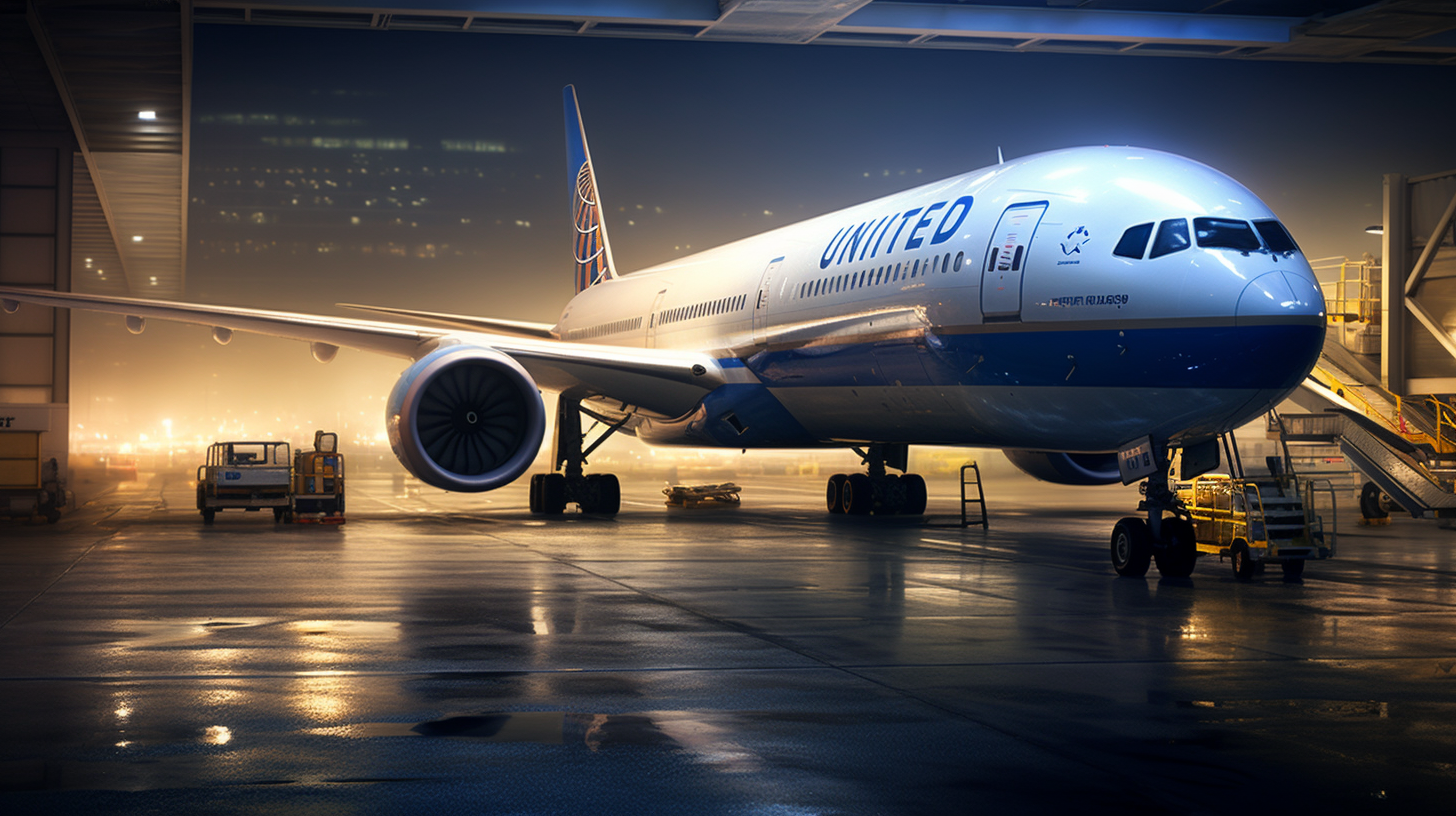In the annals of aviation history, few incidents have remained as haunting and unresolved as the tragedy of United Airlines Flight 811. On a seemingly routine flight from Honolulu to Auckland on February 24, 1989, a catastrophic event unfolded that would etch this flight into the memories of those involved and the broader public. The Boeing 747 was carrying 337 passengers and crew when a cargo door failure led to an explosive decompression, tragically resulting in the deaths of nine passengers. This article delves into the aftermath of the incident, focusing on the enduring mystery surrounding the recovery of the victims and the implications for aviation safety.
The Aftermath and Search Efforts
In the immediate aftermath of the Flight 811 disaster, the aviation community was plunged into mourning, and a rigorous investigation was launched to understand the causes and prevent future occurrences. The aircraft managed an emergency landing back in Honolulu, saving the lives of the remaining 328 passengers and crew onboard. However, the nine passengers who were ejected from the aircraft during the explosive decompression were lost at sea, sparking a massive search and recovery operation.
Despite extensive efforts to locate and recover the bodies of the lost passengers, the search was ultimately unsuccessful. The vastness of the Pacific Ocean and the challenges inherent in such a search operation meant that the remains of these individuals were never found. This unresolved aspect of the tragedy has left lingering questions and a sense of incompleteness among the families of the victims and the public at large.
Aviation Safety Reforms
The investigation into Flight 811’s incident led to significant findings regarding the design and security of cargo doors on Boeing 747 aircraft. It was determined that a faulty design, combined with inadequate maintenance procedures, contributed to the cargo door failure. In response, the Federal Aviation Administration (FAA) issued directives for modifications to the cargo door locking mechanisms and inspection protocols to prevent similar incidents in the future.
These reforms have had a lasting impact on aviation safety, making air travel safer for millions of passengers. The tragedy of Flight 811 served as a stark reminder of the importance of rigorous safety standards and the need for continuous improvement in aviation technology and procedures.
FAQs
Q: What caused the explosive decompression on United Airlines Flight 811?
A: The explosive decompression was caused by a failure of the forward cargo door. A design flaw in the door’s locking mechanism allowed it to open mid-flight, leading to the decompression.
Q: Were the bodies of the passengers lost in the incident ever recovered?
A: No, despite extensive search efforts, the bodies of the nine passengers ejected from the aircraft were never recovered.
Q: What changes were made to aviation safety as a result of this incident?
A: The FAA issued directives for modifications to the cargo door locking mechanisms on Boeing 747 aircraft and implemented stricter inspection protocols to prevent similar incidents.
Q: How did the incident affect the families of the victims?
A: The families of the victims were deeply affected by the loss of their loved ones and the inability to recover their bodies. The incident has left a lasting impact on them.
Explanation of Terms
Explosive Decompression: A sudden drop in cabin pressure that can occur when there is a breach in the aircraft’s fuselage, such as an open door or a hole in the aircraft’s body.
Federal Aviation Administration (FAA): The United States government agency responsible for regulating all aspects of civil aviation.
Cargo Door: A door on an aircraft used for loading and unloading cargo. In the case of Flight 811, the forward cargo door failed, leading to the incident.
The tragedy of United Airlines Flight 811 remains a poignant reminder of the vulnerabilities in aviation and the continuous need for vigilance and improvement in safety standards. While the incident led to significant safety enhancements, the unresolved fate of the nine passengers lost remains a somber chapter in the story of this flight.



